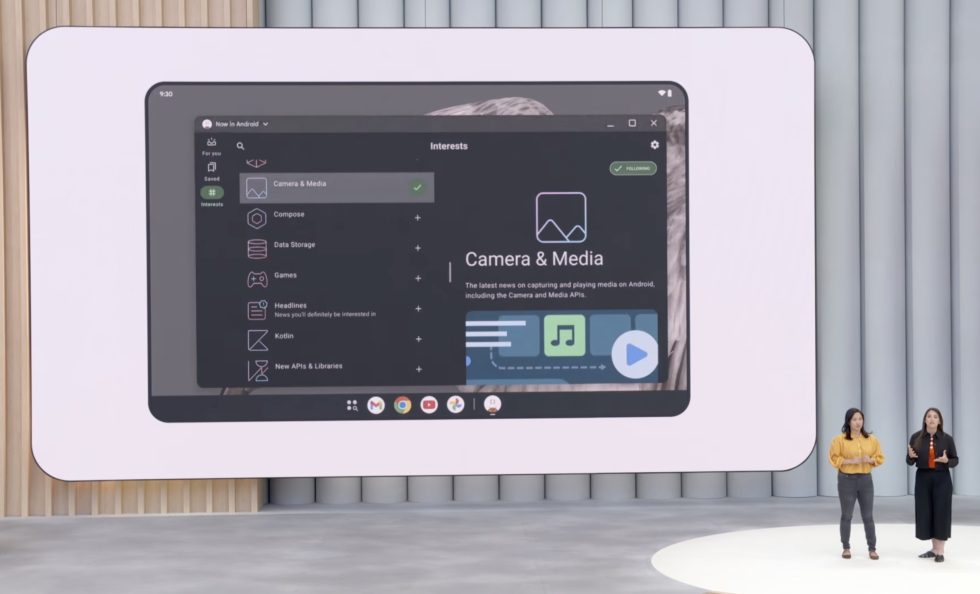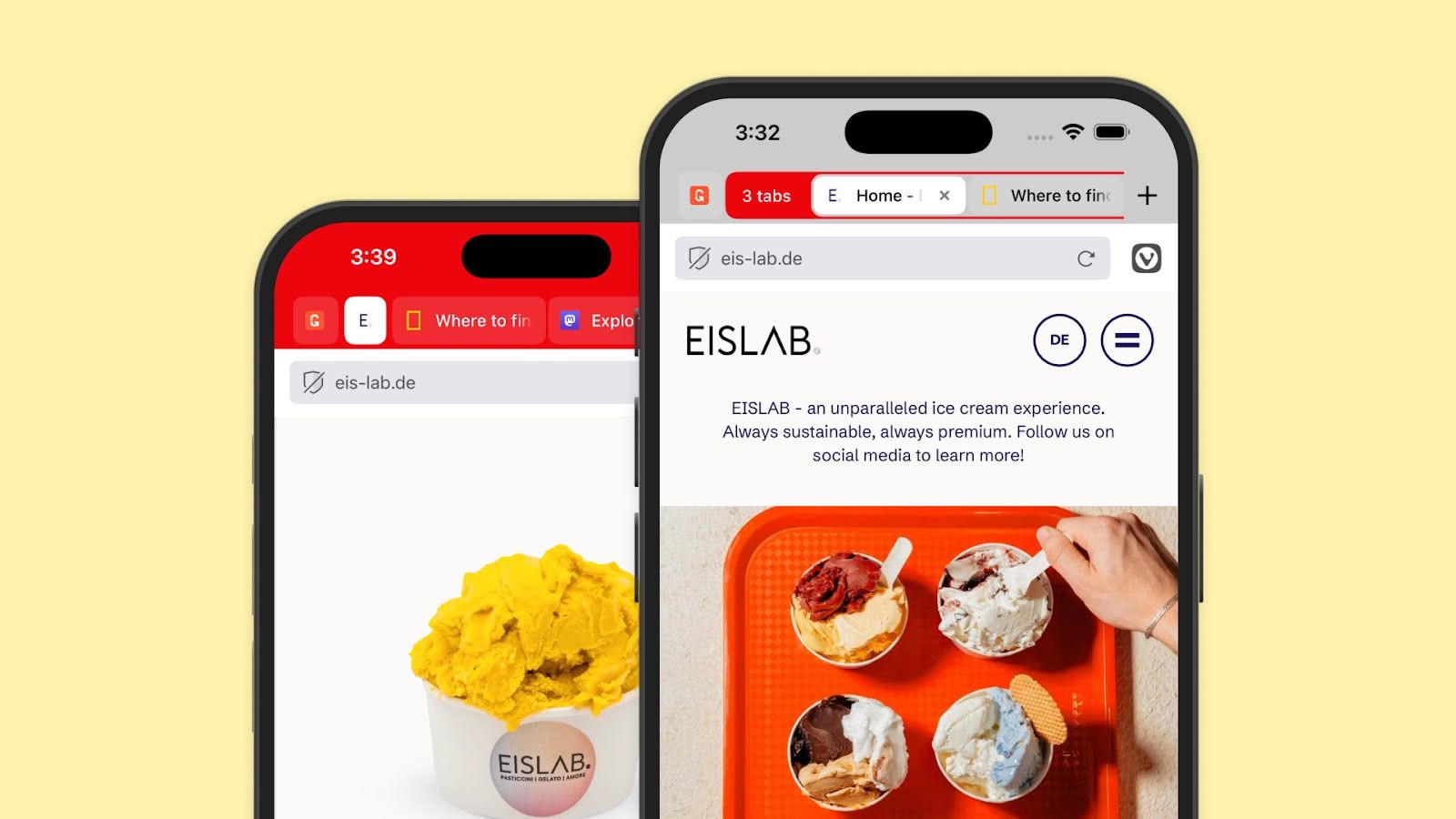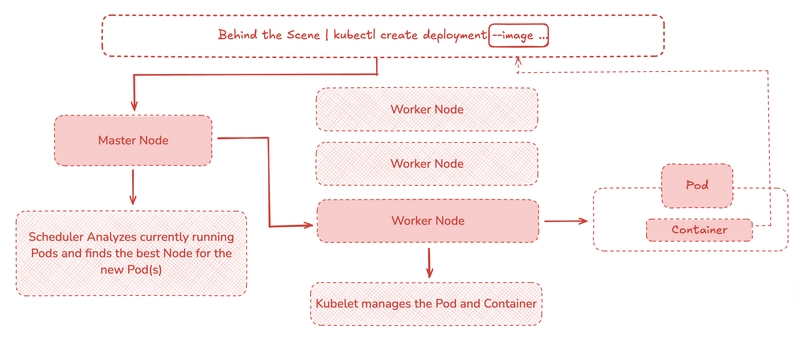Why You Need SLF4J for Logging
Introduction: The Silent Hero of Debugging Imagine a critical bug crashing your application in production, and your logs are a chaotic mess, leaving you scrambling for hours to pinpoint the issue. In 2024, a major e-commerce platform lost $2 million in revenue due to a logging failure that obscured a simple configuration error. SLF4J (Simple Logging Facade for Java) is the unsung hero that brings order to this chaos, providing a flexible, standardized way to log in Java applications. Whether you're a beginner writing your first Java app or a seasoned developer managing microservices, SLF4J ensures your logs are clear, maintainable, and adaptable, saving time and preventing disasters. This article is your definitive guide to Why You Need SLF4J for Logging, following a developer's journey from logging nightmares to debugging mastery. With clear Java code, comparison tables, case studies, and a sprinkle of humor, we’ll cover everything from setup to advanced configurations. You’ll learn how to implement SLF4J, troubleshoot issues, and optimize logging for any project. Let’s dive in and make your logs work for you! The Story: From Logging Chaos to Clarity Meet Maya, a Java developer at a fintech startup. Her payment API failed during a peak transaction period, but the logs were a jumbled mix of System.out.println and mismatched logging libraries, making debugging impossible. The outage cost hours and frustrated customers. Determined to fix it, Maya adopted SLF4J, standardizing logging across her team’s services. The next incident was resolved in minutes, thanks to clear, structured logs. Maya’s journey mirrors SLF4J’s rise since 2006 as the go-to logging facade for Java, solving the pain of inconsistent logging. Follow this guide to avoid Maya’s chaos and log like a pro. Section 1: What Is SLF4J? Defining SLF4J SLF4J (Simple Logging Facade for Java) is a logging facade that provides a unified API for logging in Java applications. It acts as an abstraction layer, allowing you to write log statements without tying your code to a specific logging framework (e.g., Logback, Log4j2, JUL). Key features: Facade Pattern: Decouples application code from logging implementations. Bindings: Connects to backends like Logback or Log4j2. Placeholders: Supports efficient parameterized logging (e.g., logger.info("User {} logged in", userId)). Lightweight: Minimal overhead, no runtime dependencies. Analogy: SLF4J is like a universal remote control for logging—you write one set of commands, and it works with any compatible logging system. Why SLF4J Matters Flexibility: Switch logging frameworks without changing code. Consistency: Standardizes logging across teams and projects. Performance: Optimized for minimal overhead. Debugging: Clear logs speed up issue resolution. Career Edge: SLF4J is a standard skill for Java developers. Common Misconception Myth: SLF4J is just another logging framework. Truth: It’s a facade, not a framework, designed to work with multiple backends. Takeaway: SLF4J simplifies and standardizes logging, making it essential for Java projects. Section 2: How SLF4J Works The Logging Pipeline Application Code: Uses SLF4J’s API to write log statements (e.g., logger.info()). SLF4J API: Provides a unified interface for logging. Binding: Routes logs to a backend (e.g., Logback, Log4j2). Backend: Handles formatting, output (e.g., console, file), and log levels. Flow Chart: SLF4J Logging Workflow Explanation: This flow chart shows how SLF4J routes log messages from code to a backend, ensuring flexibility and consistency. Log Levels TRACE: Fine-grained details (e.g., variable values). DEBUG: Diagnostic information for developers. INFO: Key events (e.g., service started). WARN: Potential issues. ERROR: Critical failures. Takeaway: SLF4J acts as a bridge, routing logs to your chosen backend with standardized levels. Section 3: Setting Up SLF4J with Logback Basic Setup in Spring Boot Let’s add SLF4J with Logback to a Spring Boot payment API. Dependencies (pom.xml): 4.0.0 com.example logging-app 1.0-SNAPSHOT org.springframework.boot spring-boot-starter-parent 3.2.0 org.springframework.boot spring-boot-starter-web ch.qos.logback logback-classic 1.4.11 Logback Config (logback-spring.xml): %d{yyyy-MM-dd HH:mm:ss} %-5level %logger{36} - %msg%n Java Class: package com.example.loggingapp; import org.slf4j.Logger; import org.slf4j.LoggerFactory; import org.springframework.web.bind.annotation.GetMapping; import org.springframework.web.bind.annotation.RequestParam; import org.springframework.web.bind.annotation.RestController;

Introduction: The Silent Hero of Debugging
Imagine a critical bug crashing your application in production, and your logs are a chaotic mess, leaving you scrambling for hours to pinpoint the issue. In 2024, a major e-commerce platform lost $2 million in revenue due to a logging failure that obscured a simple configuration error. SLF4J (Simple Logging Facade for Java) is the unsung hero that brings order to this chaos, providing a flexible, standardized way to log in Java applications. Whether you're a beginner writing your first Java app or a seasoned developer managing microservices, SLF4J ensures your logs are clear, maintainable, and adaptable, saving time and preventing disasters.
This article is your definitive guide to Why You Need SLF4J for Logging, following a developer's journey from logging nightmares to debugging mastery. With clear Java code, comparison tables, case studies, and a sprinkle of humor, we’ll cover everything from setup to advanced configurations. You’ll learn how to implement SLF4J, troubleshoot issues, and optimize logging for any project. Let’s dive in and make your logs work for you!
The Story: From Logging Chaos to Clarity
Meet Maya, a Java developer at a fintech startup. Her payment API failed during a peak transaction period, but the logs were a jumbled mix of System.out.println and mismatched logging libraries, making debugging impossible. The outage cost hours and frustrated customers. Determined to fix it, Maya adopted SLF4J, standardizing logging across her team’s services. The next incident was resolved in minutes, thanks to clear, structured logs. Maya’s journey mirrors SLF4J’s rise since 2006 as the go-to logging facade for Java, solving the pain of inconsistent logging. Follow this guide to avoid Maya’s chaos and log like a pro.
Section 1: What Is SLF4J?
Defining SLF4J
SLF4J (Simple Logging Facade for Java) is a logging facade that provides a unified API for logging in Java applications. It acts as an abstraction layer, allowing you to write log statements without tying your code to a specific logging framework (e.g., Logback, Log4j2, JUL).
Key features:
- Facade Pattern: Decouples application code from logging implementations.
- Bindings: Connects to backends like Logback or Log4j2.
-
Placeholders: Supports efficient parameterized logging (e.g.,
logger.info("User {} logged in", userId)). - Lightweight: Minimal overhead, no runtime dependencies.
Analogy: SLF4J is like a universal remote control for logging—you write one set of commands, and it works with any compatible logging system.
Why SLF4J Matters
- Flexibility: Switch logging frameworks without changing code.
- Consistency: Standardizes logging across teams and projects.
- Performance: Optimized for minimal overhead.
- Debugging: Clear logs speed up issue resolution.
- Career Edge: SLF4J is a standard skill for Java developers.
Common Misconception
Myth: SLF4J is just another logging framework.
Truth: It’s a facade, not a framework, designed to work with multiple backends.
Takeaway: SLF4J simplifies and standardizes logging, making it essential for Java projects.
Section 2: How SLF4J Works
The Logging Pipeline
-
Application Code: Uses SLF4J’s API to write log statements (e.g.,
logger.info()). - SLF4J API: Provides a unified interface for logging.
- Binding: Routes logs to a backend (e.g., Logback, Log4j2).
- Backend: Handles formatting, output (e.g., console, file), and log levels.
Flow Chart: SLF4J Logging Workflow
Explanation: This flow chart shows how SLF4J routes log messages from code to a backend, ensuring flexibility and consistency.
Log Levels
- TRACE: Fine-grained details (e.g., variable values).
- DEBUG: Diagnostic information for developers.
- INFO: Key events (e.g., service started).
- WARN: Potential issues.
- ERROR: Critical failures.
Takeaway: SLF4J acts as a bridge, routing logs to your chosen backend with standardized levels.
Section 3: Setting Up SLF4J with Logback
Basic Setup in Spring Boot
Let’s add SLF4J with Logback to a Spring Boot payment API.
Dependencies (pom.xml):
xmlns="http://maven.apache.org/POM/4.0.0">
Logback Config (logback-spring.xml):
name="CONSOLE" class="ch.qos.logback.core.ConsoleAppender">
level="INFO">
ref="CONSOLE"/>
Java Class:
package com.example.loggingapp;
import org.slf4j.Logger;
import org.slf4j.LoggerFactory;
import org.springframework.web.bind.annotation.GetMapping;
import org.springframework.web.bind.annotation.RequestParam;
import org.springframework.web.bind.annotation.RestController;
@RestController
public class PaymentController {
private static final Logger logger = LoggerFactory.getLogger(PaymentController.class);
@GetMapping("/payment")
public String processPayment(@RequestParam String userId) {
logger.debug("Processing payment for user {}", userId);
try {
// Simulate payment logic
logger.info("Payment successful for user {}", userId);
return "Payment processed";
} catch (Exception e) {
logger.error("Payment failed for user {}: {}", userId, e.getMessage());
throw e;
}
}
}
Application:
package com.example.loggingapp;
import org.springframework.boot.SpringApplication;
import org.springframework.boot.autoconfigure.SpringBootApplication;
@SpringBootApplication
public class LoggingAppApplication {
public static void main(String[] args) {
SpringApplication.run(LoggingAppApplication.class, args);
}
}
Explanation:
- Setup: Adds SLF4J with Logback as the backend.
- Logback Config: Outputs logs to the console with a custom format (timestamp, level, message).
- Code: Logs DEBUG, INFO, and ERROR messages with placeholders for efficiency.
- Real-World Use: Tracks payment API activity for debugging and auditing.
-
Testing: Run
mvn spring-boot:runand accesshttp://localhost:8080/payment?userId=123. Check console logs.
Sample Output:
2025-05-21 10:15:00 INFO com.example.loggingapp.PaymentController - Payment successful for user 123
Takeaway: Use SLF4J with Logback for simple, effective logging in Java apps.
Section 4: Why Choose SLF4J Over Other Logging Options?
Table: SLF4J vs. Alternatives
| Option | SLF4J | Log4j2 | JUL (java.util.logging) |
|---|---|---|---|
| Type | Facade | Framework | Framework |
| Flexibility | Switch backends without code changes | Tied to Log4j2 | Tied to JUL |
| Performance | High (parameterized logging) | High (async logging) | Moderate |
| Ease of Use | Simple API, beginner-friendly | Complex configuration | Simple but limited |
| Community | Large, standard in Java | Active | Built-in, less active |
| Use Case | Any Java project | Performance-critical apps | Legacy or simple apps |
Venn Diagram: Logging Features
Explanation: SLF4J’s facade design offers unmatched flexibility, Log4j2 excels in performance, and JUL is simple but limited. SLF4J is the default choice for most Java projects.
Takeaway: Choose SLF4J for flexibility and standardization across Java applications.
Section 5: Real-Life Case Study
Case Study: Fintech Debugging Triumph
A fintech company struggled with inconsistent logging across microservices, delaying issue resolution. They adopted SLF4J with Logback:
- Setup: Standardized SLF4J API with centralized Logback config.
- Result: Reduced debugging time by 70%, resolving a critical payment bug in 15 minutes.
- Lesson: SLF4J’s consistency accelerates troubleshooting.
Takeaway: Use SLF4J to streamline debugging in complex systems.
Section 6: Advanced SLF4J Techniques
Structured Logging with Logback
Add JSON logging for machine-readable logs.
Logback Config (logback-spring.xml):
name="JSON" class="ch.qos.logback.core.ConsoleAppender">
class="net.logstash.logback.encoder.LogstashEncoder"/>
level="INFO">
ref="JSON"/>
Dependency:
Explanation: Outputs logs in JSON for integration with tools like ELK Stack.
MDC (Mapped Diagnostic Context)
Add contextual data to logs.
Java Code:
import org.slf4j.MDC;
@GetMapping("/payment")
public String processPayment(@RequestParam String userId) {
MDC.put("userId", userId);
logger.info("Processing payment");
MDC.clear();
return "Payment processed";
}
Logback Pattern:
Output:
2025-05-21 10:15:00 INFO com.example.loggingapp.PaymentController [123] - Processing payment
Explanation: MDC adds user-specific context, aiding debugging in multi-user systems.
Switching Backends (Log4j2 Example)
Switch to Log4j2 without changing code.
Dependencies:
Log4j2 Config (log4j2.xml):
name="Console" target="SYSTEM_OUT">
pattern="%d{yyyy-MM-dd HH:mm:ss} %-5p %c{1} - %m%n"/>
level="INFO">
ref="Console"/>
Explanation: Demonstrates SLF4J’s flexibility to switch backends seamlessly.
Takeaway: Use structured logging, MDC, and backend switching for advanced logging needs.
Section 7: Common Pitfalls and Solutions
Pitfall 1: Missing Binding
Risk: SLF4J: No SLF4J providers were found error.
Solution: Include a backend (e.g., Logback, Log4j2).
Pitfall 2: Performance Overuse
Risk: Excessive DEBUG logging slows apps.
Solution: Set production logs to INFO or higher.
Pitfall 3: Inconsistent Backends
Risk: Multiple backends cause conflicts.
Solution: Use one backend and SLF4J bindings.
Humor: Bad logging is like a diary with random scribbles—use SLF4J to keep it neat!

















































































































































































![[The AI Show Episode 148]: Microsoft’s Quiet AI Layoffs, US Copyright Office’s Bombshell AI Guidance, 2025 State of Marketing AI Report, and OpenAI Codex](https://www.marketingaiinstitute.com/hubfs/ep%20148%20cover%20%281%29.png)


![[The AI Show Episode 146]: Rise of “AI-First” Companies, AI Job Disruption, GPT-4o Update Gets Rolled Back, How Big Consulting Firms Use AI, and Meta AI App](https://www.marketingaiinstitute.com/hubfs/ep%20146%20cover.png)








































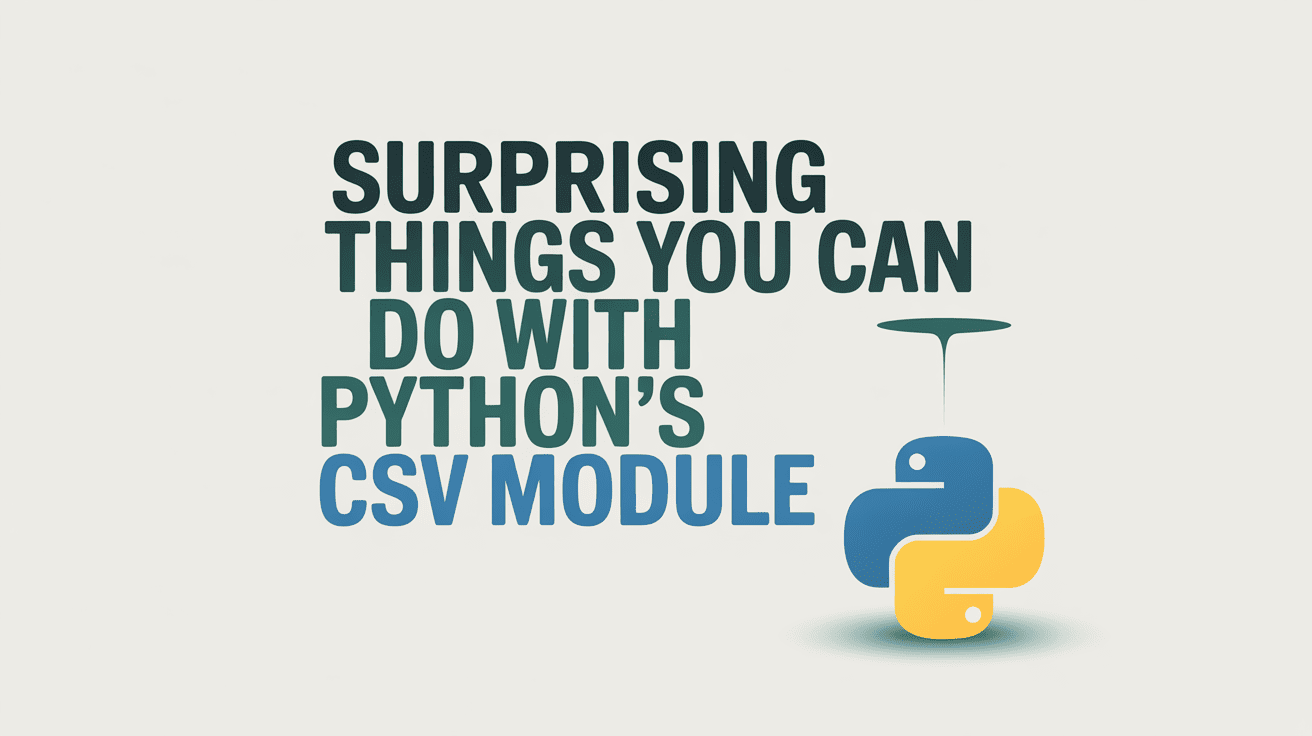
















































































![[DEALS] Babbel Language Learning: Lifetime Subscription (All Languages) (71% off) & Other Deals Up To 98% Off – Offers End Soon!](https://www.javacodegeeks.com/wp-content/uploads/2012/12/jcg-logo.jpg)









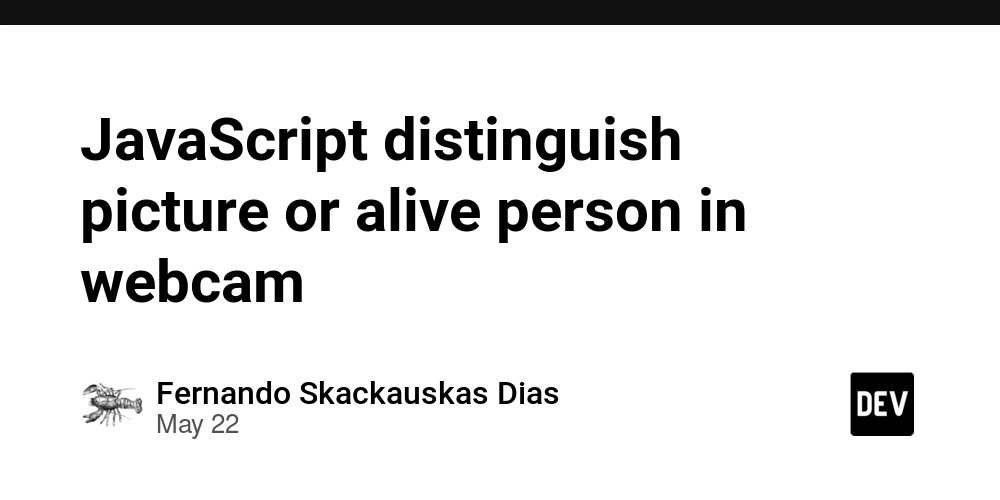











































.png?width=1920&height=1920&fit=bounds&quality=70&format=jpg&auto=webp#)










































![Borderlands 4 Boss Says 'A Real Fan' Will Pay $80 For Games [Update]](https://i.kinja-img.com/image/upload/c_fill,h_675,pg_1,q_80,w_1200/086e4654c281e40d12b833591d2c6fdc.jpg)















































_Constantine_Soutiaguin-Alamy.jpg?width=1280&auto=webp&quality=80&disable=upscale#)




















































































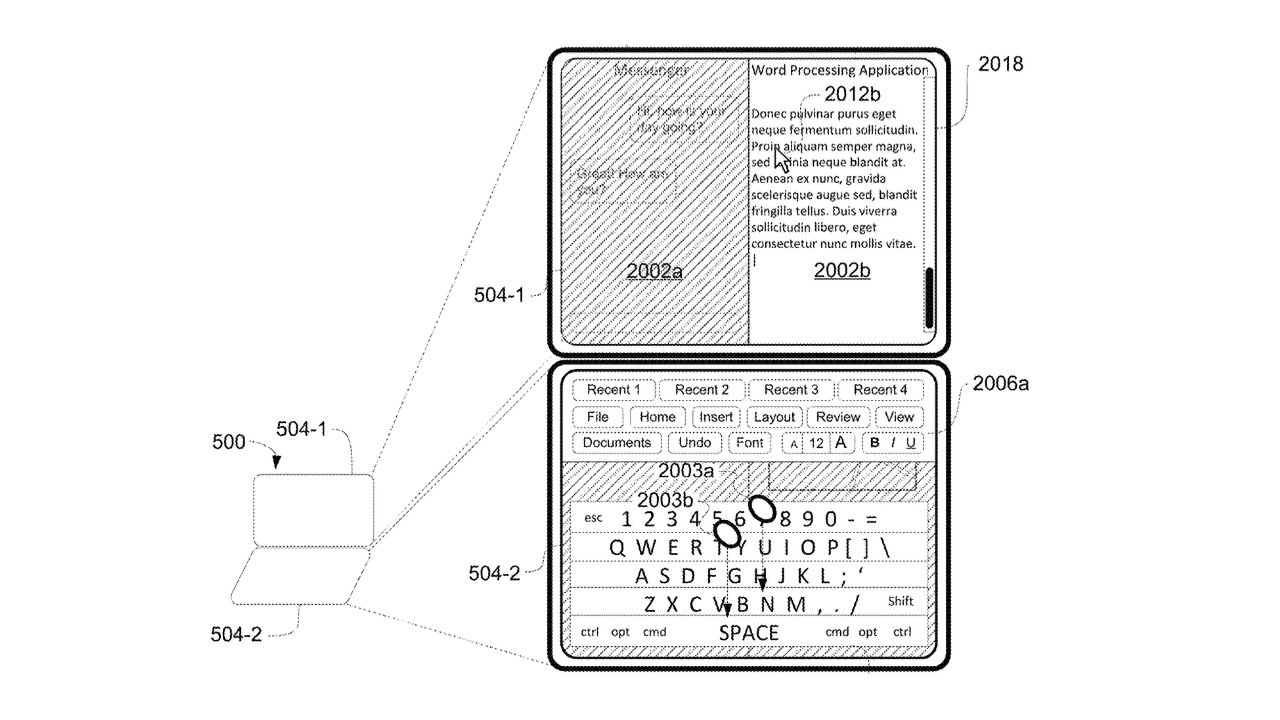
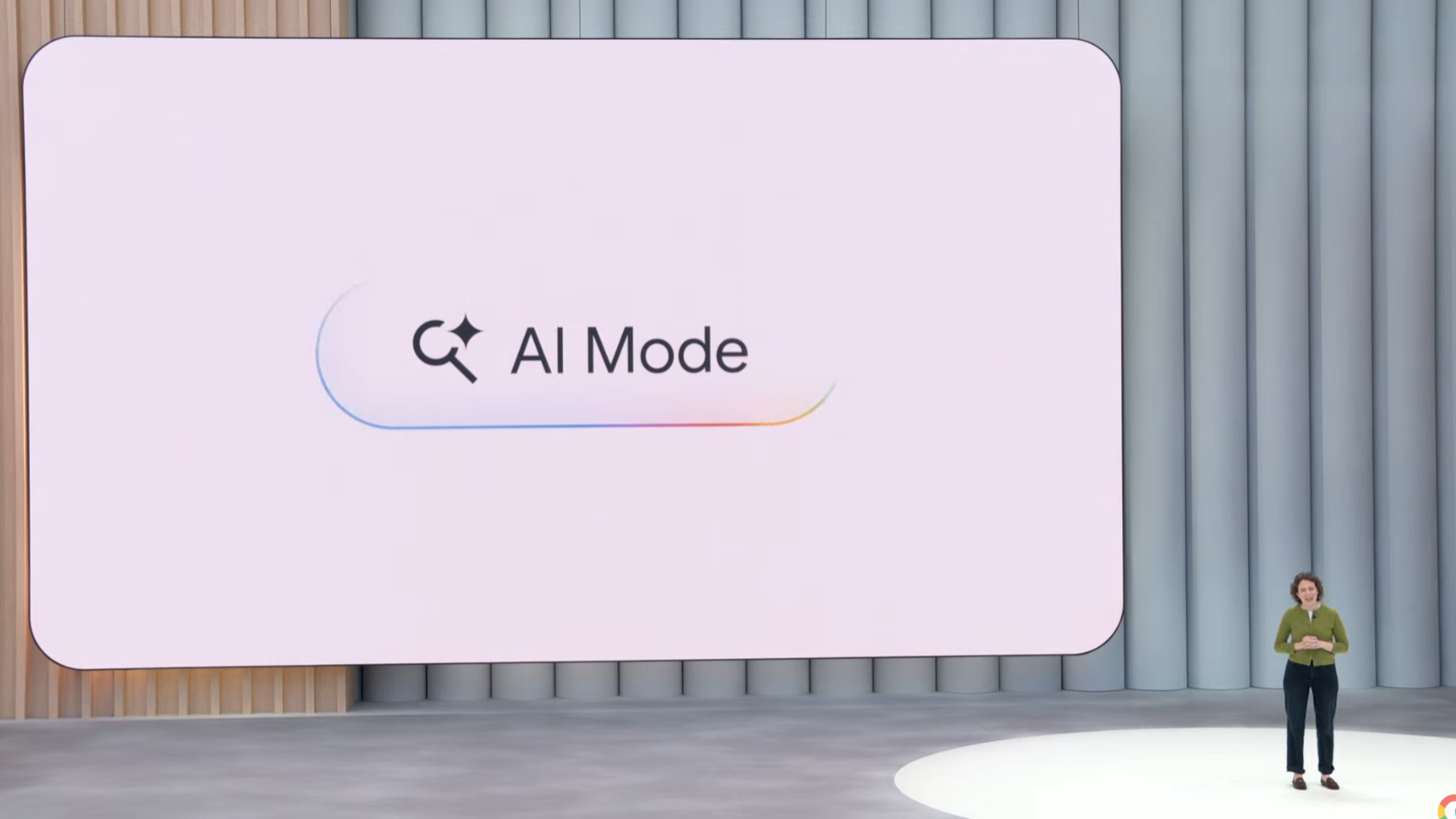









![Nomad levels up its best-selling charger with new 100W slim adapter [Hands-on]](https://i0.wp.com/9to5mac.com/wp-content/uploads/sites/6/2025/05/100w-FI.jpg.jpg?resize=1200%2C628&quality=82&strip=all&ssl=1)



![Google just showed off Android Auto’s upcoming light theme [Gallery]](https://i0.wp.com/9to5google.com/wp-content/uploads/sites/4/2025/05/android-auto-light-theme-documentation-2.jpg?resize=1200%2C628&quality=82&strip=all&ssl=1)













![Jony Ive and OpenAI Working on AI Device With No Screen [Kuo]](https://www.iclarified.com/images/news/97401/97401/97401-640.jpg)

![Anthropic Unveils Claude 4 Models That Could Power Apple Xcode AI Assistant [Video]](https://www.iclarified.com/images/news/97407/97407/97407-640.jpg)
![Apple Leads Global Wireless Earbuds Market in Q1 2025 [Chart]](https://www.iclarified.com/images/news/97394/97394/97394-640.jpg)























